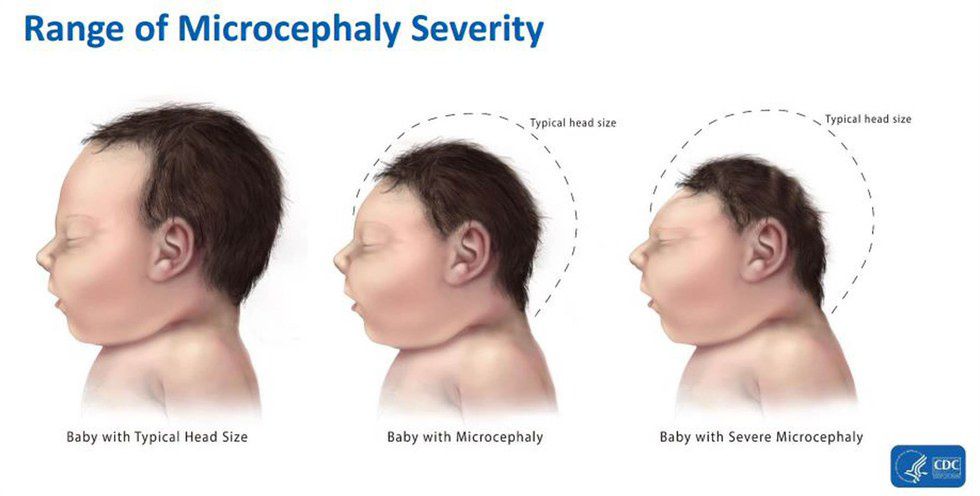What is the Zika Virus?
This virus’ genetic material is made of single stranded RNA and is closely related to dengue, yellow fever, Japanese encephalitis, and the West Nile virus. The virus is primarily spread by two Aedes mosquito species. Because of this species’ resilience, it is hard to get rid of them.
Clinical Presentation
Patients usually present mild symptoms of illness that lasts several days. These symptoms will range from fever and chills to flu-like symptoms such as vomiting. However, there are cases to where a patient can contract the Zika virus and be asymptomatic. Fortunately, it is believed that the patient will be protected, or have an immunity, from future infections after the initial contraction.
Contraction and Pregnancy
Patients can contract the Zika virus in any way a blood-borne illness can be transported. The most common methods are mosquito bites and unprotected sexual activity. However, the newly found link in 2015 is between Zika virus contraction and pregnancy. If a woman contracts the Zika virus at conception, the fetus could possibly be at risk. However, if it is contracted at any other time during the pregnancy, it is mostly likely that the virus will be passed onto the fetus.
Fetal Repercussions
Before the Zika virus was known, this condition shown in fetuses was seen and identified in 1984 as Fetal Brain Disruption Sequence (FBDS). FBDS results in the collapse of the fetal skull, microcephaly, and other neurological defects. These phenotypical defects are caused by the mutation of this DNA sequence (due to the virus’ RNA), hence the name Fetal Brain Disruption Sequence. However, the only known definite causal relationship between Zika and pregnancy is that it causes microcephaly. Other adverse birth defects’ causation are not for certain.
Visual Fetal Defects
In order for the severity of microcephaly to be determined, the fetus must demonstrate certain symptoms:
Skull size is at least three standard deviations below the mean.
Protruding of the occipital area.
Hypoplasia of the cerebellum or loss of the cerebellum almost entirely.
Optic nerve atrophy.
Born with contractures (due to the lack of movement in utero, caused by cerebellum hypoplasia).
Neurologic defects: motor & cognitive, epilepsy, vision loss, and hearing impairment.
These are all visual symptoms of a fetus that has microcephaly that was caused by the Zika virus.
Risk of Microcephaly
A large studied of this relationship was conducted in Brazil. Here they found that pregnant women had a 42% chance of the fetus having microcephaly if the woman is infected anytime during the pregnancy; and a 55% chance if infected during the first trimester of the pregnancy. However, when the CDC analyzed this data, they found that Brazil was going off of child-birth defects that are usually mild in a microcephaly patient. Meaning, the fetus could of had this stand-alone defect not caused by the virus due to the only confirmed causal relationship being towards microcephaly, not just some of the symptoms. When the CDC analyzed the US’ data, they found that pregnant woman had an 11% chance of contracting microcephaly.
CDC Recommendations

All pregnant women should have protected sex during the pregnancy.
Contraction can be prevented by using mosquito repellent, wearing long sleeves, and avoiding highly populated mosquito areas.
If one does contract the Zika virus and is not pregnant, women should wait 8 weeks before having unprotected sex, and men should wait 6 months.
This is due to a currently researching phenomena of the virus lasting longer in semen.
Currently, Zika is at a level 1 response at the CDC since February 2016. This is the same level as other viruses such as H1N1 and Ebola.
If you have any concerns you might have Zika (especially if you have traveled to Zika prominent territories), you can call the 24/7 Clinical Hotline and ask for the Zika Pregnancy Hotline at (770) 488-7100.














 The minimum wage is not a living wage.
StableDiffusion
The minimum wage is not a living wage.
StableDiffusion
 influential nations
StableDiffusion
influential nations
StableDiffusion












